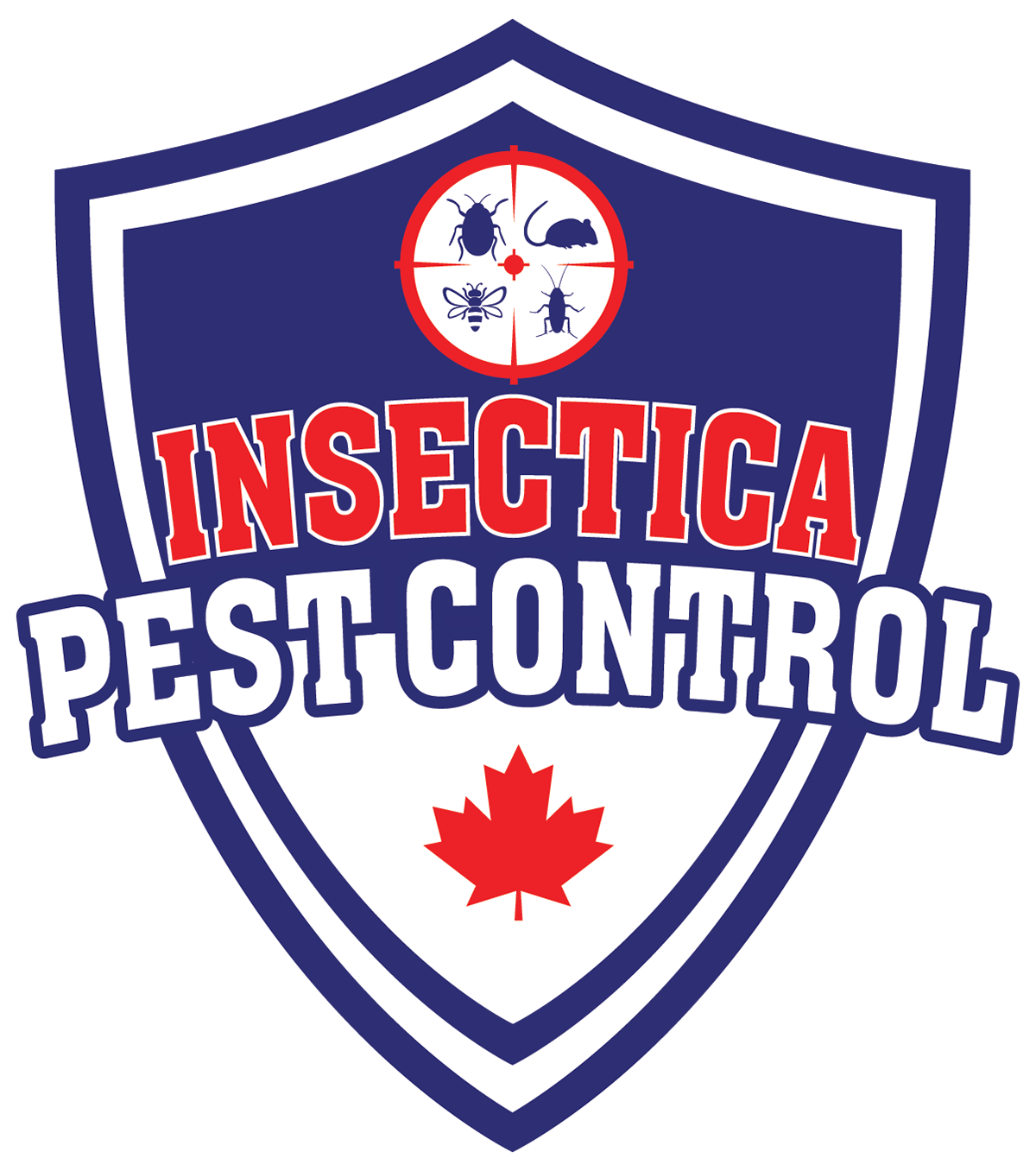Fly Pest Control

FAQs
What kinds of flies cause problems in Toronto homes and businesses?
Are flies a health risk or just a nuisance?
Flies are more than annoying—they contaminate food and contact surfaces. House and blow flies feed by regurgitating and then sucking up liquids; they can defecate while feeding, spreading microbes from garbage, feces, or decaying material to food areas. That’s why Toronto’s food-premises rules require proactive pest prevention and sanitation. For homes, the same logic applies: control starts with eliminating breeding/feeding sources and protecting food. (City of Toronto)
How do fruit flies get in, and what actually removes them?
Fruit flies are attracted to ripe/fermenting produce, recyclables with beverage residue, and damp organic films in sinks, drains, and mops. Traps (e.g., vinegar + surfactant) help measure activity, but the durable fix is source removal: refrigerate/cover produce, rinse cans/bottles before binning, empty organics frequently, and scrub drains/recycling bins so no fermenting film remains. Once breeding sites are gone, activity collapses within a few breeding cycles.
I keep seeing tiny “moths” in the bathroom—are those drain flies?
Why do flies keep appearing even though I clean?
What’s the difference between fruit flies, phorid flies, and “gnats”?
What are cluster flies and why do they show up in spring and fall?
Do aerosols or “bug bombs” solve a fly problem?
Aerosols knock down visible adults but don’t touch the source (breeding sites). Overuse indoors also risks exposure and can violate label directions. In Canada, use only products with a PCP registration number, and read the label before using. For lasting results, prioritize source removal, physical cleaning, exclusion, and, where appropriate, professional-grade tools used per label. (Canada.ca)
What’s the quickest home step when fruit flies suddenly spike?
How do professionals approach persistent fly issues?
Pros use IPM: species ID, light/pheromone/sticky monitors, sanitation mapping, drain/void inspection (including broken lines or hidden spills), mechanical cleaning of drains and equipment, and exclusion. In commercial sites, they add device maps, cleaning SOPs for bars/food lines, and scheduled verification so problems don’t recur between visits. (City of Toronto)
Are UV light traps helpful?
UV traps capture adult flies and help measure pressure in sensitive areas (prep rooms, receiving). They’re useful support tools, not a cure; without removing breeding sites, traps just reduce sightings. Placement matters—away from open doors/competing light and not directly over food or prep surfaces. (Use in combination with source control and exclusion.) (City of Toronto)
How long does it take to clear a fly problem?
What’s the safest way to use pesticides for flies in Canada?
Start with non-chemical controls (sanitation, physical cleaning, exclusion). If a pesticide is warranted, choose products with a Health Canada PMRA PCP number and follow the label to the letter—this is both a safety requirement and the law. Labels specify where a product can be used (e.g., not over food), required PPE, and re-entry times. When in doubt, consult a licensed professional. (Canada.ca)
Why do flies surge in late summer and early fall?
Warm weather speeds development and increases outdoor breeding in waste, compost, and animal droppings. As nights cool, cluster flies move into structures to overwinter. Tightening up sanitation (bins, recycling, pet-waste cleanup) and sealing/excluding before fall reduces both nuisance and indoor pressure. (City of Toronto)
What should property managers in multi-unit buildings do differently?
Adopt a building-wide plan: coordinated organics/recycling hygiene, scheduled drain maintenance in common areas, rapid response to plumbing leaks, resident education on produce/recycling care, and regular inspections of chutes/compactors/garbage rooms. Pair that with professional monitoring and service to prevent small problems from spreading between units. (City of Toronto)
